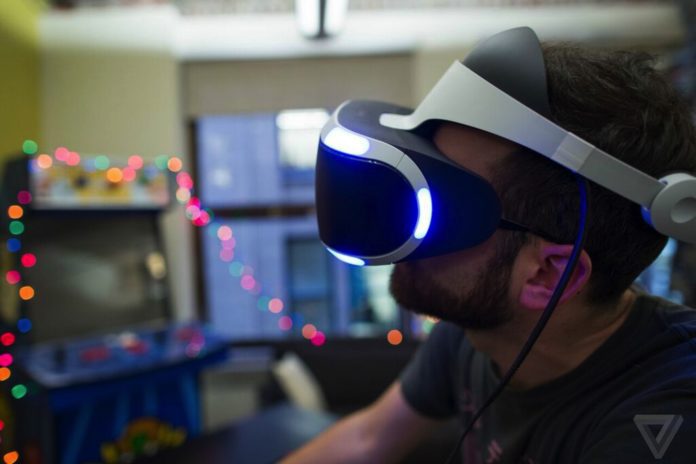Video games have been getting people’s heart rate up for years but no one ever considered them exercise, until now when researchers classified Virtual Reality games as exercise. An Australian study officially confirmed that VR is a form of exercise. If you’ve been reading the stories on this page long enough, you’d be saying ‘It’s about time’ with the rest of us!
Researchers compared participants who regularly participate in exercise with those that don’t. They used 4 popular VR games you may already know: Fruit Ninja VR, Hot Squat, Holopoint and Portal Stories: VR. These games were selected to get a wide variety of physical exertion and movement. Fruit Ninja primarily uses the arms; Hot Squats engages the body’s largest muscles group, the legs, while Holopoint uses a little bit of everything. The fourth game, Portal Stories: VR, is a puzzle game that is mostly sedentary.
Researchers measured participant heart rates as they played each game for five to ten minutes then compared the heart rates to traditional exercise measures.
The results shouldn’t surprise you, games that incorporated larger muscle groups and were inherently more active landed higher on the exercise intensity scale. Portal Stories heart rate score was comparable to light activity. Fruit Ninja maxed out at light exercise comparable to walking. Holopoint increased the intensity to moderate or the equivalent of dancing while Hot Squats took home first place being compared to heavy exertion exercise such as running. If you don’t enjoy running, but want the benefits this is big news.
These VR games did more than raise heart rates. Most participants reported “feeling it” the next day, even those who regularly exercise. Not surprisingly, the study found that the more engaging the VR game is, the less it feels like exercise: “The participants’ main response was enjoyment of playing the games, rather than feeling it was exercise – this shows that virtual reality games have the potential to make exercise feel fun, engaging and relatively easy,” said study co-author and Professor of Computer Science Judy Kay.
“National guidelines recommend exercise at least 2.5 to 5 hours a week. However, many people find it hard to achieve these recommended levels. Virtual reality games offer a way to overcome this, because they can be motivating and convenient,” added study co-author Soojeong Yoo, a PhD candidate in the School of Information Technologies.
Researchers say the future is creating exercise rating systems for VR games much like many popular workout programs offer. Including user heart rates in the games would also enable users to take more control of the exercise without feeling like they’re exercising. VR games could also up the ante by adding weights or other forms of resistance.
Taking VR Fitness Into the Future
The most important finding in this research is that participants were able to raise their heart rates and exercise without feeling like they’re exercising. The enjoyment factor in exercising can’t be overstated. Human psychology says that we’re drawn towards pleasure and we avoid pain. If you associate exercise with “pain” or discomfort it’s unlikely you’ll continue to consistently exercise. Those that have incorporated exercise into their lifestyle have had success because they genuinely enjoy exercise. They find an intrinsic pleasure in sweating, lifting weights, cycling — or some form of traditional exercise.

VR games are creating the opportunity for those who don’t exercise to raise their heart rate in a setting that makes them feel comfortable, confident but also dynamically challenged. Traditional gym-based gym exercises focus on linear movements that have little carry over to the real world. VR games allow for less regimented movement so the body can move dynamically. Dynamic unrestricted movement has been shown to improve mobility, decrease the risk of injury and even boost neuroplasticity or the brain’s ability to form new pathways.
All in all VR games are fun and just don’t feel like exercise. For many people this makes getting a healthy amount of exercise much more enjoyable and realistic. Exercise becomes a part of the daily routine that’s looked forward to instead of lamented. The possibility for creating games that fit each person’s fitness level and needs is particularly exciting. Levels and checkpoints will be seen alongside improvements in vitals, heart rate and calories burned. The future of VR will undoubtedly engaged a huge portion of the population that isn’t exercising today and make it fun.







